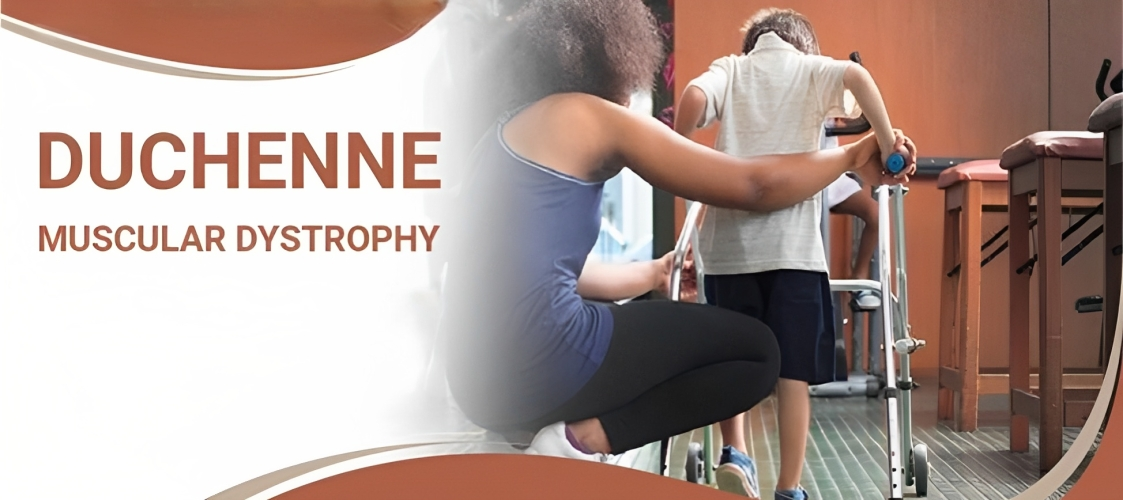Free Courses Sale ends Soon, Get It Now


Free Courses Sale ends Soon, Get It Now



Copyright infringement not intended
Context: A team of Indo-Japanese researchers has developed a new treatment for Duchenne's Muscular Dystrophy (DMD), a rare and incurable genetic disease that affects only male children.
Details
Duchenne Muscular Dystrophy (DMD)
Treatments that can help manage symptoms and slow down disease progression
Conclusion
© 2024 iasgyan. All right reserved